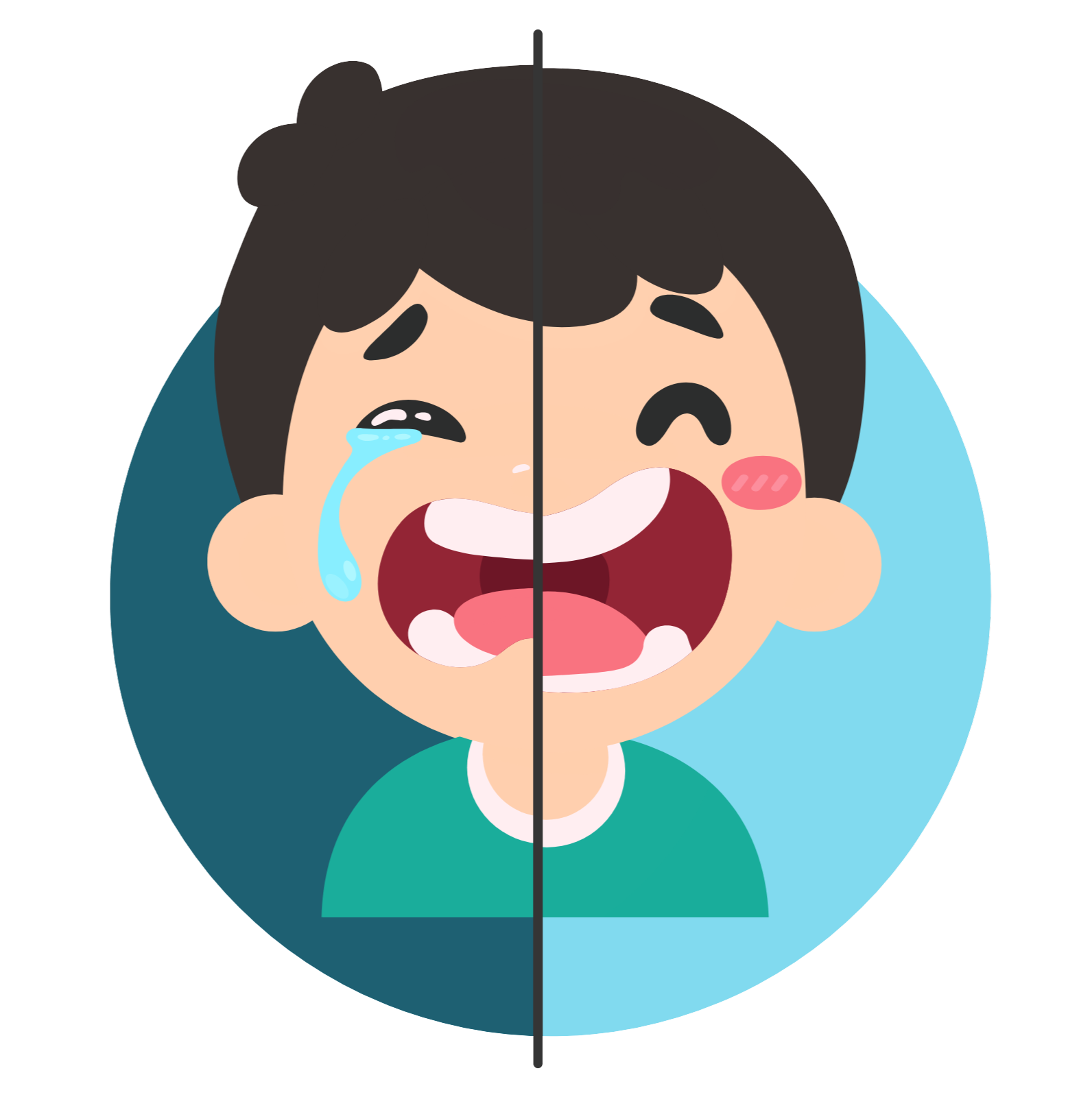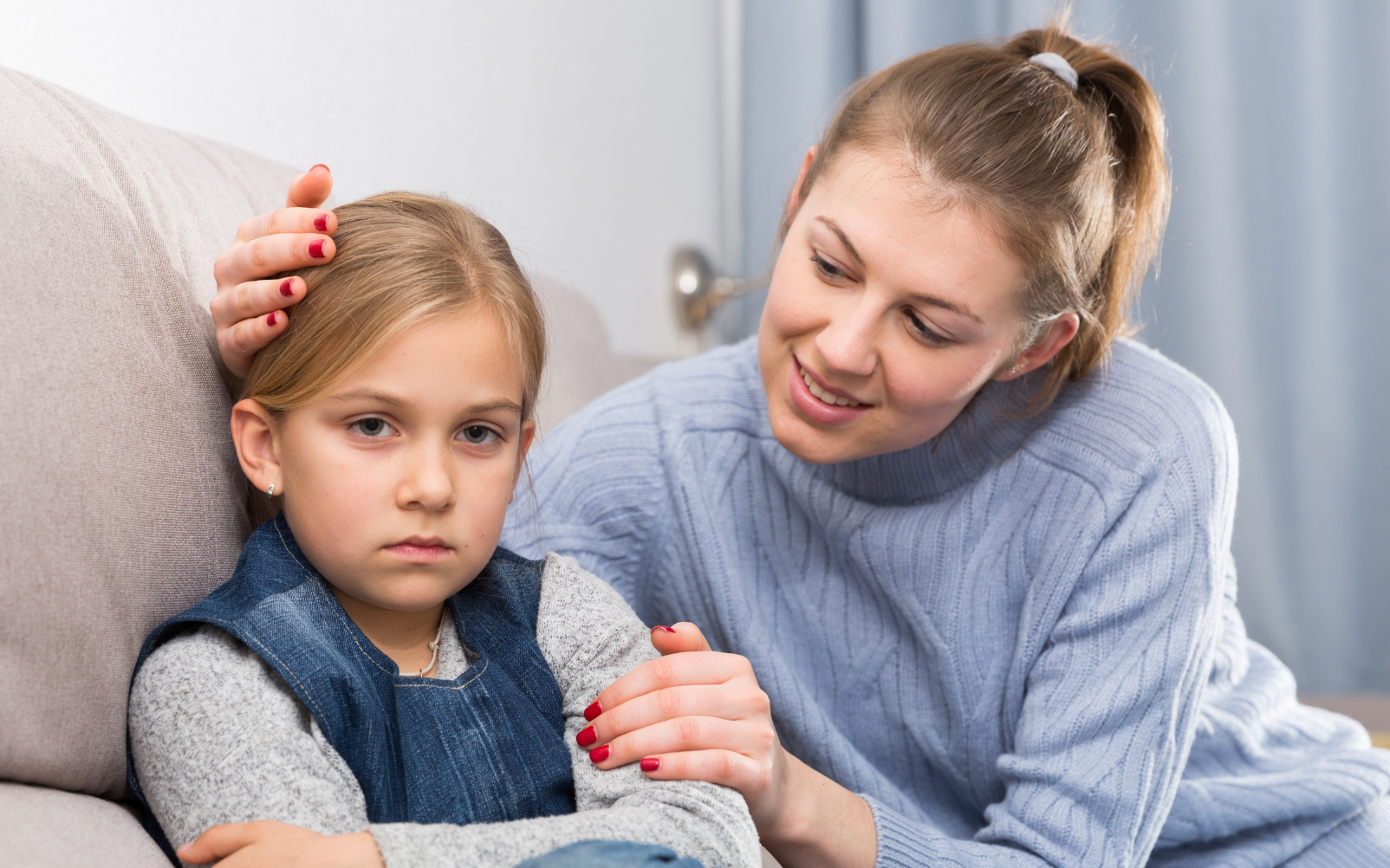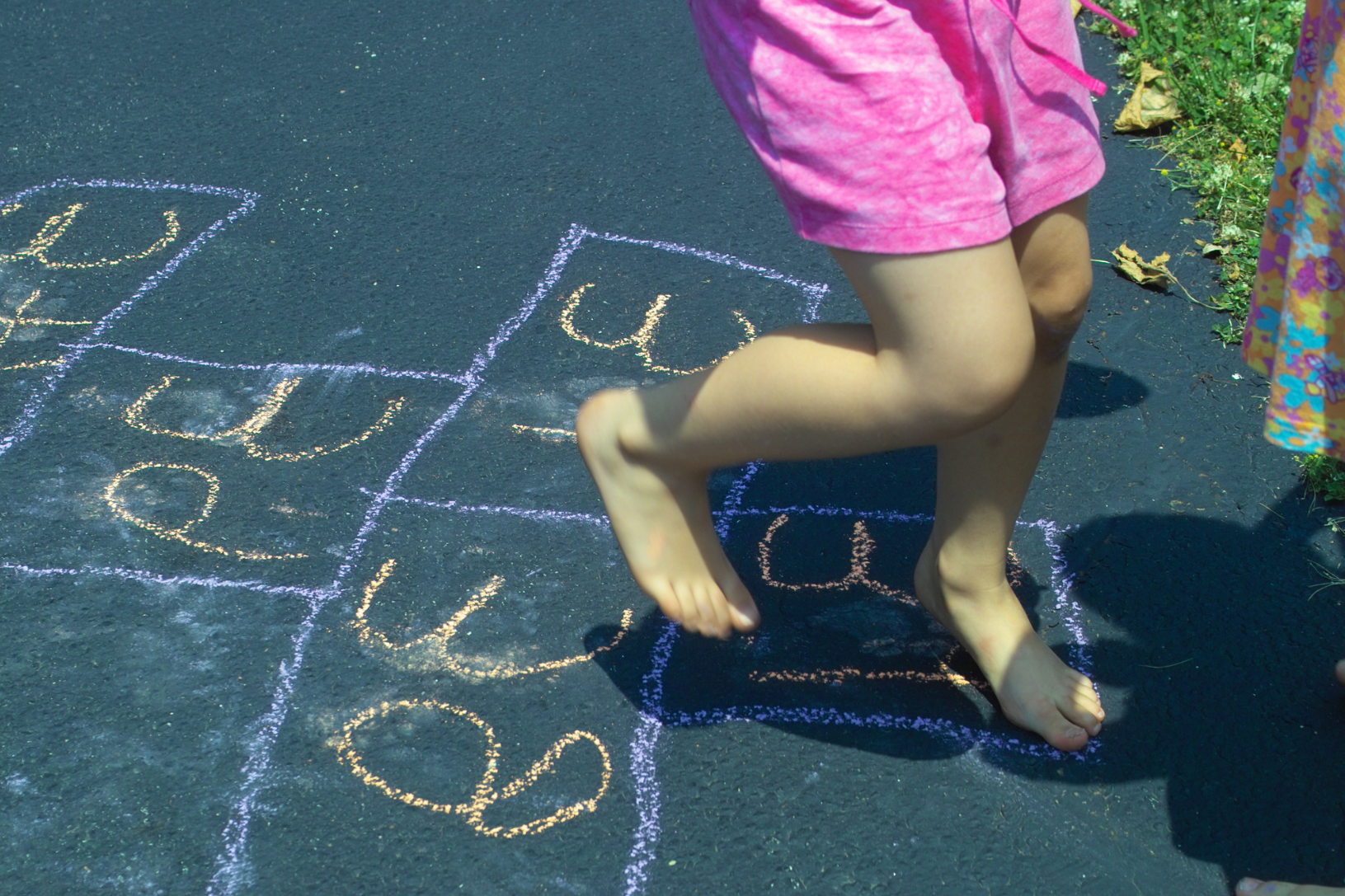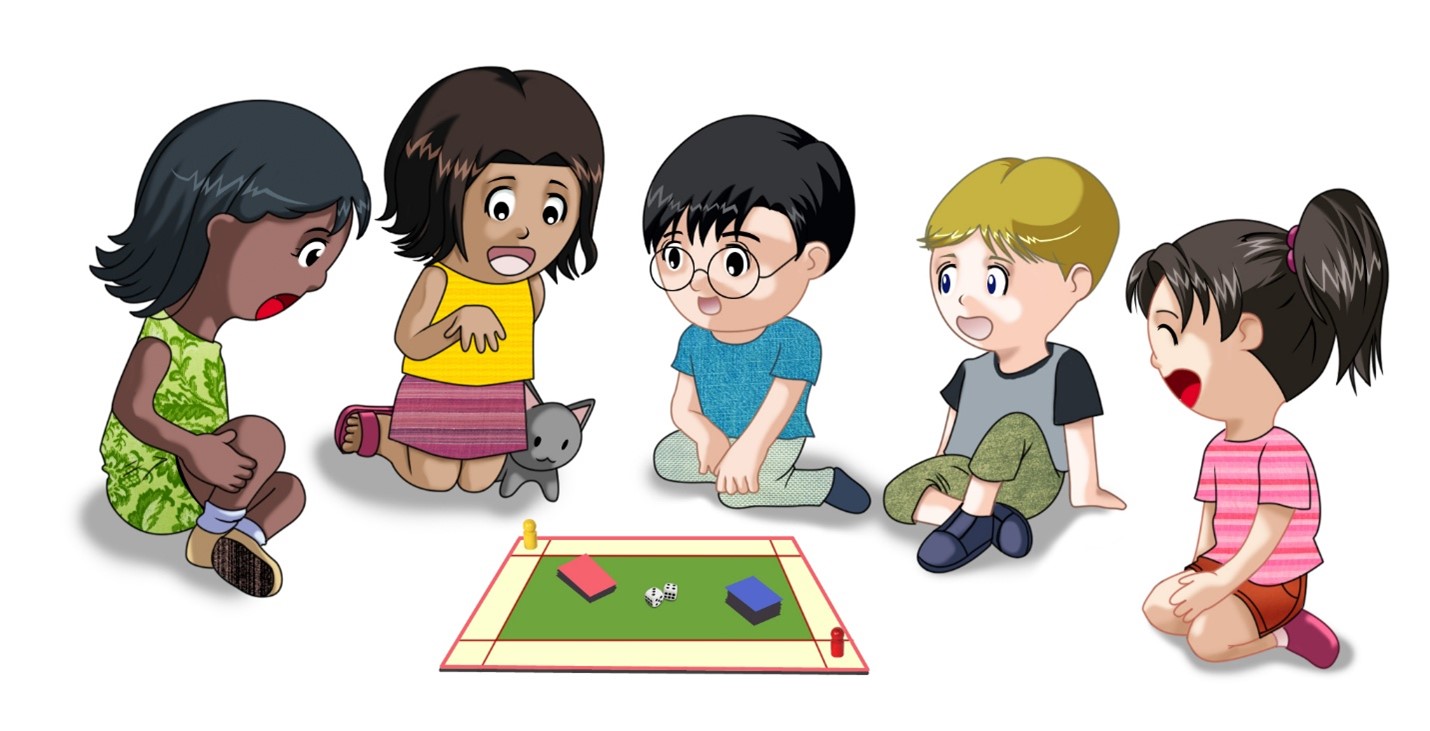Helping Children with Transitions

Transitions can be challenging for young children. Whether they’re moving from playtime to lunchtime or from school to home, these shifts can lead to frustration and anxiety and indeed be challenging for preschool children due to their limited understanding of time and their reliance on predictable routines. When they’re deeply engaged in enjoyable activities, interruptions can lead to upset feelings. Providing strategies and clear routines helps them navigate transitions more smoothly as parents, you can prepare your child for transitions by creating a structured routine. Here are some tips:
1. Predictability
Children thrive on predictability. Establish a consistent daily schedule so they know what to expect. For example, start the day outside, then transition inside for a morning meeting after 30 minutes.
2. Engaging Activities
Make transitions fun! Engage your child with activities that bridge the gap between tasks. Sing a song, play a quick game, or use a visual timer to signal the end of one activity and the start of another.
3. Positive Reinforcement
Praise your child when they handle transitions well. Positive reinforcement encourages them to adapt more smoothly.

4. Clear Communication
Explain what’s coming next. Use simple language to describe the upcoming activity. For instance, “Now it’s time for lunch.
5. Emotional Regulation
Help your child stay emotionally regulated during transitions. Acknowledge their feelings and provide comfort if they’re anxious.
6. Hopping Time
When it’s time to transition, ask the children to hop around first, then have them hop while lining up. You can make it more fun by hopping on one foot and counting to five. This physical activity helps refocus their brains and release energy.

7. Guess What’s in the Mystery Bag
Add a familiar item from the classroom to a mystery bag. Have the children ask a series of yes or no questions to guess the mystery item. This activity promotes problem-solving and language skills.
8. Discovery Bottles
Create sensory bottles filled with hidden treasures. Children can go on a scavenger hunt by shaking the bottle and searching for the items inside. Use water, vegetable oil, and themed items (e.g., seashells) to make these calming and engaging sensory tools.
9. Sing the Shuffle Song
Prepare index cards with pictures of various songs. Shuffle the cards, and let the children say, “Shuffle! Shuffle! Shuffle!” Then, pick a card and sing the corresponding song. Songs like “Twinkle, Twinkle Little Star” or “The Wheels on the Bus” work well.

10. Play Simon says
Teach preschoolers to listen, follow directions, and communicate by playing “Simon Says.” The teacher (or a chosen child) gives physical instructions beginning with “Simon says.” Children must follow the instructions, and those who don’t are eliminated.
11. Start a Conversation
Put thought-provoking questions in a bag and have children pull out a random question. Encourage them to share their thoughts and get to know each other better. Questions like favorite dinner choices, exciting learning experiences, or dream class pets work well.
12. Practice Gratitude
Create a gratitude tree by cutting out leaves and writing down what the children are grateful for each day. Pin the leaves to the tree, fostering positive feelings and reflection.

Remember, a well-organized routine and a positive approach can make transitions easier for both you and your child!